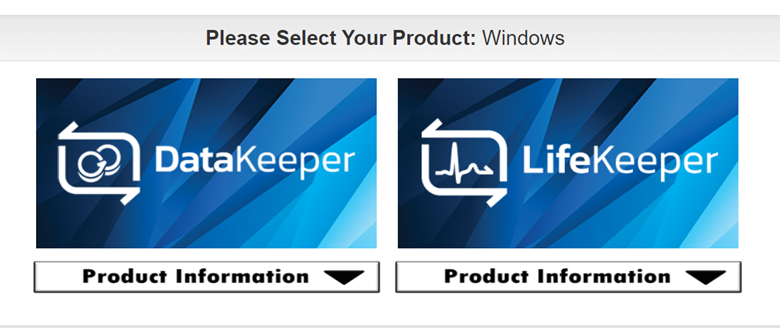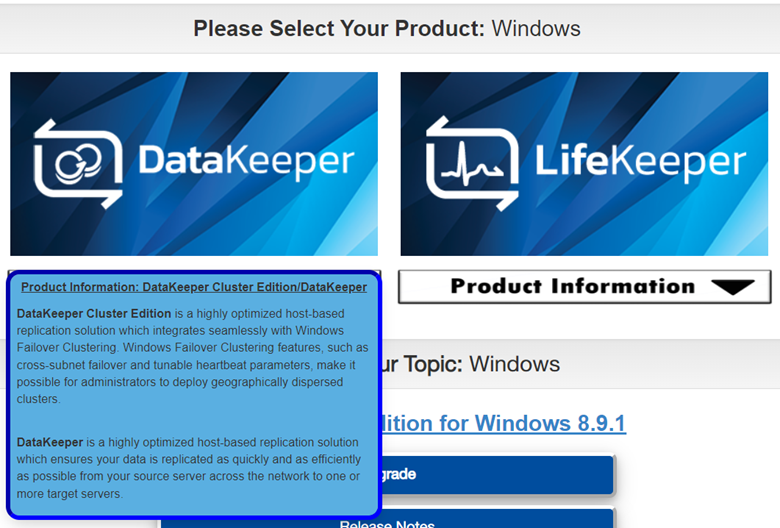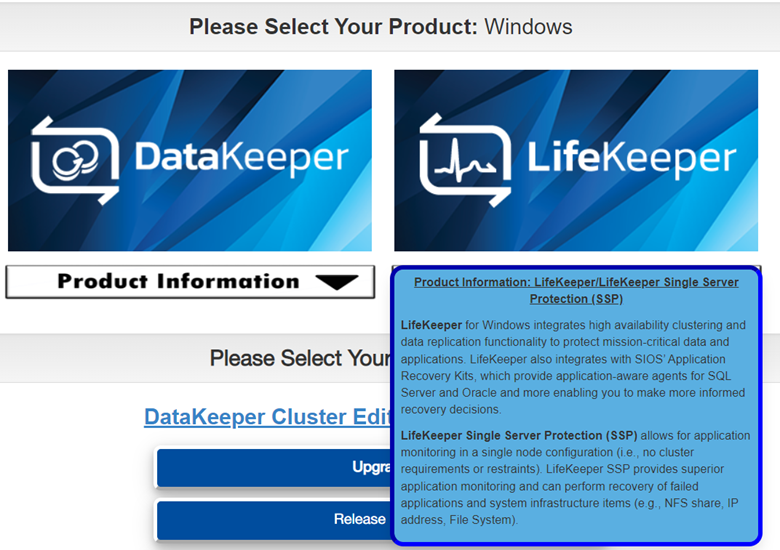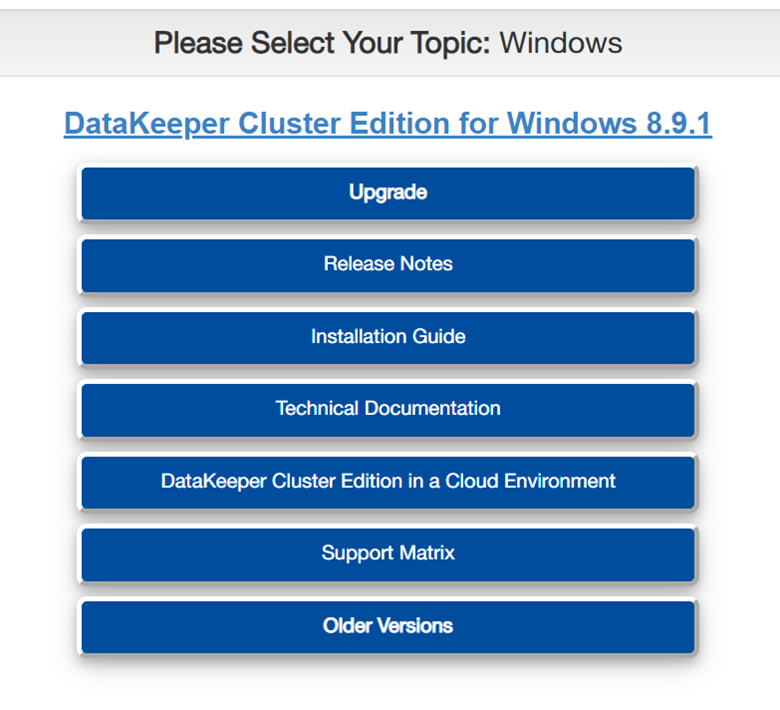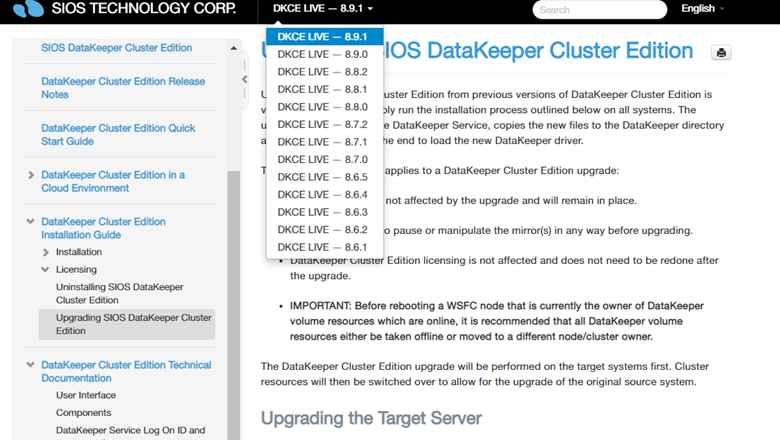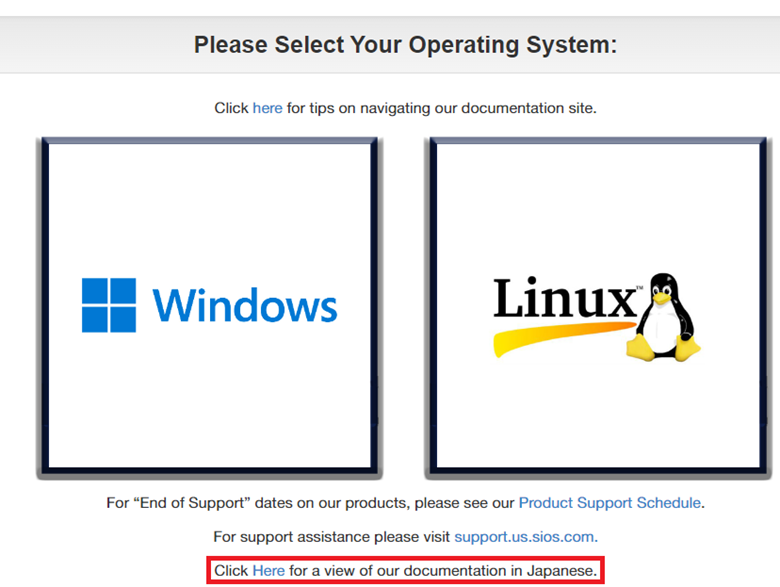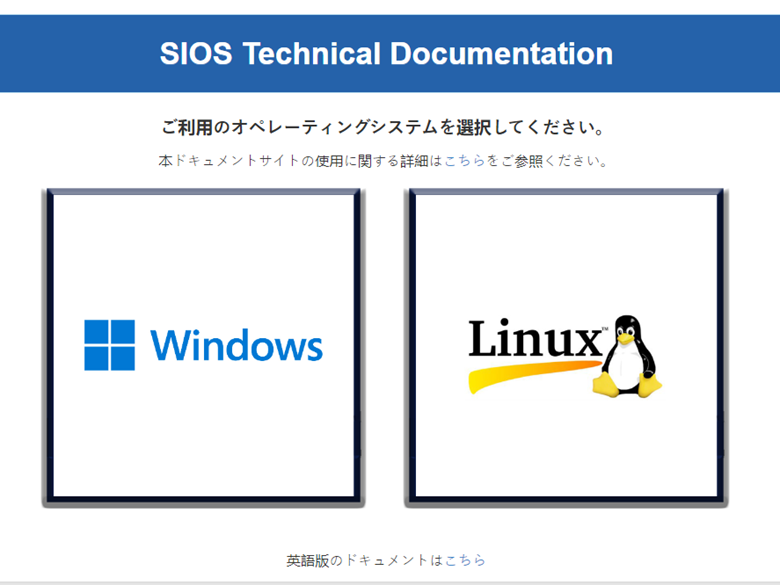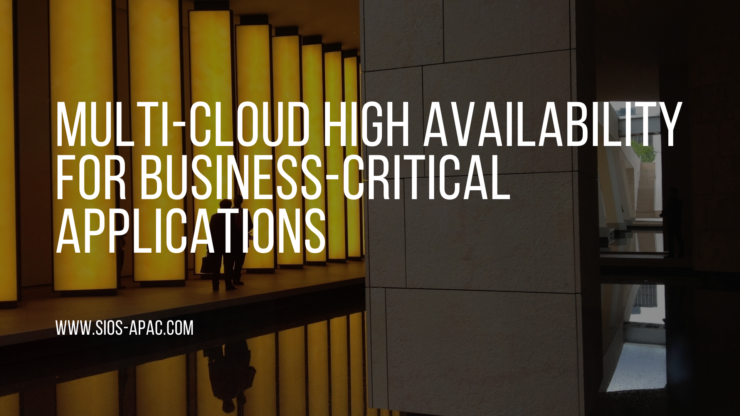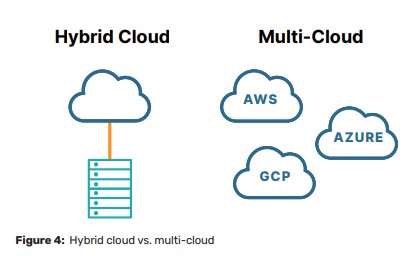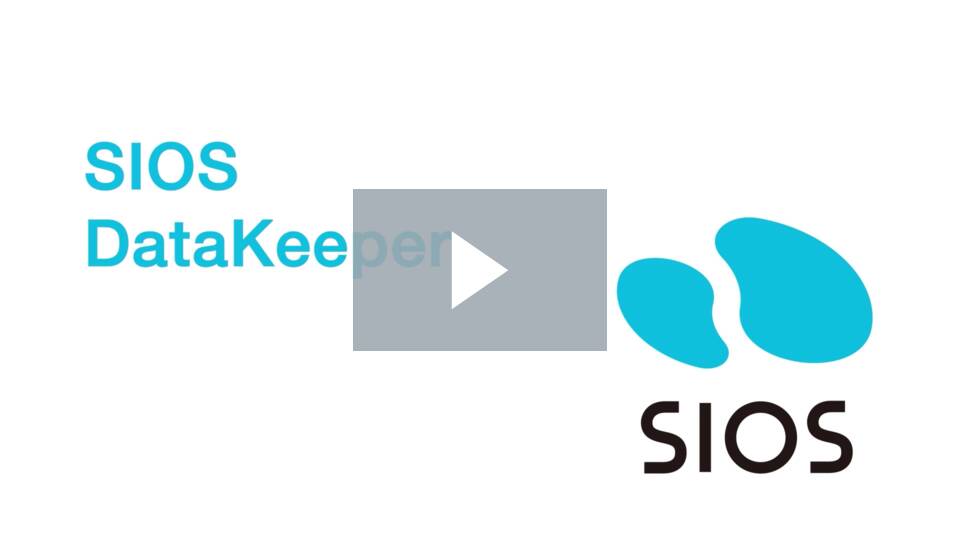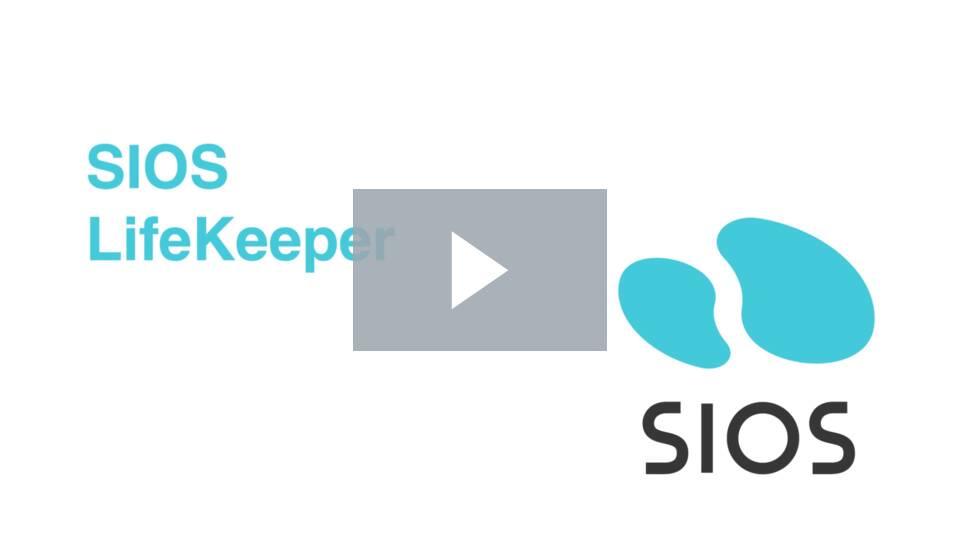| February 20, 2023 |
New SIOS Documentation Site |
| February 16, 2023 |
How to Get Started Successfully with SIOS Documentation |
| February 12, 2023 |
Multi-Cloud High Availability for Business-Critical Applications |
| February 8, 2023 |
Video: SIOS DataKeeperVideo: SIOS DataKeeperReproduced with permission from SIOS |
| February 4, 2023 |
Video: SIOS LifeKeeperVideo: SIOS LifeKeeperReproduced with permission from SIOS |



